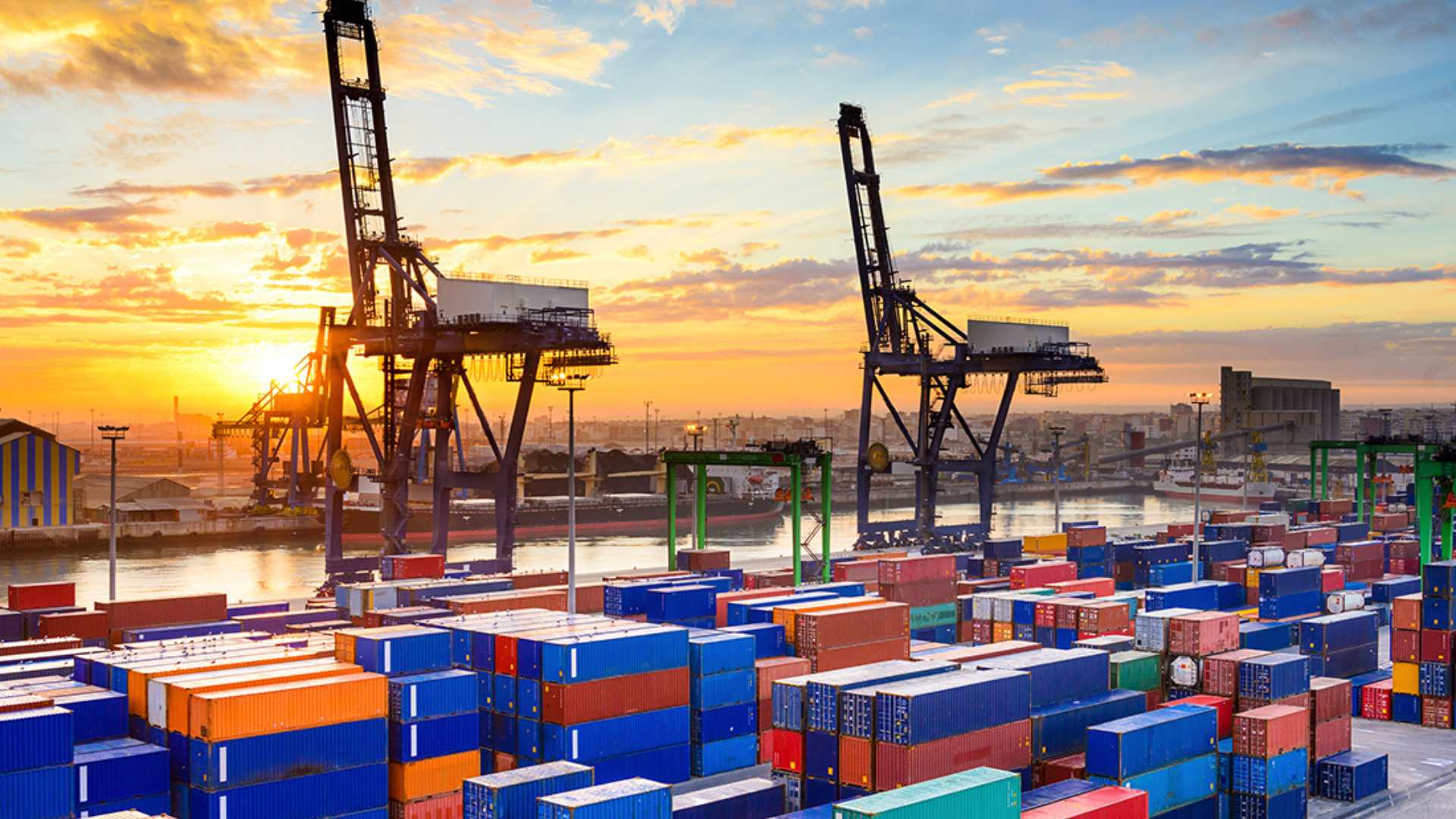Ports are strategic enclaves of the first order in trade, logistics and transport networks, and as such, catalysts of sustainable development policies that are currently being promoted. Digitization with a view to optimizing logistics processes and contributing to sustainability through energy transition in the face of the climate emergency are two extremely important challenges. In this context, multiple ports have set their course to 2030 with maximum levels of excellence in achieving as efficient, connected, intelligent, sustainable, safe and transparent nodes. While the sea side has been well addressed by the vast majority of the world’s most efficient ports in terms of infrastructure and systems, the development of the land side, which is essential to ensure the full competitiveness of the ‘door-to-door’ transport chain, has not kept pace. In general, there has been a noticeable delay in improving land accessibility to ports, especially the rail mode, which is key to achieving decarbonization objectives from freight logistics in the hinterland. But in a world as competitive as the current one, a good public-private performance of the ports will not be sufficient, if the look is not reoriented towards the new challenges ahead. In addition to infrastructure and services, the infostructure must be superimposed with the same level of importance. Progress must be made in providing intelligence and reliability to current or emerging digital platforms, so that they become a reference for all operators and public and private agents involved in logistics chains. The aim is to find, on a shared basis, the optimal solution for the best possible use of infrastructures, rolling stock and transport elements, as well as the achievement of full synchromodality. Strategic nodes such as ports, concentrators of an enormous amount of data with predictive capacity, are a solid base for this type of development. The unstoppable digital transformation brings with it an exhaustive deployment of cyber-physical systems equipped with artificial intelligence, aimed at optimizing the use of capacity in all areas, including transport networks (infrastructure, rolling stock, intermodal units…). With this background put into perspective, the entity Puertos del Estado, which controls the Spanish port authorities, elaborated in 2022 and after 20 years, a new Strategic Framework to 2030. In its Strategy Line #7 it develops two concepts that will allow Spanish ports to move from a digital public administration, to a port fully integrated to the logistics chains and its business ecosystem. The Smart Port Strategy BACKGROUND/NEED: the optimization of the operation of cyber-physical systems for end-customers, based on the handling of large amounts of data, is fully achieved when virtual enablers are incorporated into such systems, which are currently in full development. Among such enablers are those linked to the ‘Internet of Things’ (IoT) supported by search engines and filtering of information contained in multiple devices, including those that serve to sensor and virtualize the port itself, and those linked to the ‘logging of things’ (LoT) through technologies such as ‘blockchain’, as well as everything that emanates from artificial intelligence such as expert modeling and relearning systems now installed in the machines themselves. The use of these enablers allows the cyber-physical systems themselves to make decisions about their own operations in real time or, in other words, they give rise to the concept of an intelligent port, capable of offering a complete service to the customer (‘port as a service’ or ‘PaaS’). This profound change of the port’s operation towards a ‘smart’ service entails a reformulation of governance in terms of its automatable operations and data management, as it is based on a transfer of real-time decision-making capacity from operators to such (cyber-physical) systems, which, on the other hand, will not be possible without a collaborative environment where transparency, trust and security are ensured. – ACTIONS AND EXPECTED RESULTS: Cyber-physical systems with incorporation of digital enablers (smart port) in a prominent group of ports. – GOALS: By 2025, three ports close to the smart port concept. By 2030 more than 7 smart ports. The Synchromodal Port Strategy BACKGROUND/NEED: Based on its nature as a node for the land-sea link, the port’s potential to radiate towards the logistics chain or network as a whole is enormous. The intelligence of a port makes sense when the optimization of intra-port operations and services is extended to the rest of the nodes and modes of the logistics chain/network, or in other words, when the port acquires synchromodal status. An example of multimodal projection of a digitization process is the SIMPLE project promoted by MITMA. From a technological point of view, integration in the chain or network makes it possible to take better advantage of the digital enablers in use, such as blockchain-type distributed registration. In this scenario of intelligent networks, the collaboration of the operators present in them is provoked to link the different cyber-physical systems, based on federative digital platforms, so that, not only the requirements of the end customer, whether shipper or passenger, are met, simplifying or saving him, for example, repeating the same administrative procedures in different ports, but it is also possible to share experiences with him and thus help him to make his own decisions. With digital interconnection with other ports and elements of the logistics network, the port thus contributes to mobility as a service (‘MaaS’) and becomes able to play the role of a synchromodal port integrated into the 4.0 economy. – ACTIONS AND EXPECTED RESULTS: Advanced group of ports classifiable as ‘synchromodal’. – GOALS: By 2025 synchromodal port pilot tests. By 2030 more than 4 synchromodal ports. At Trans-Port 2023 the keynote talk “Smart port and transport synchromodality” will delve into a series of technological, regulatory and collaborative recommendations for shipping companies, port authorities, maritime terminals, logistics operators and multinationals in foreign trade.
